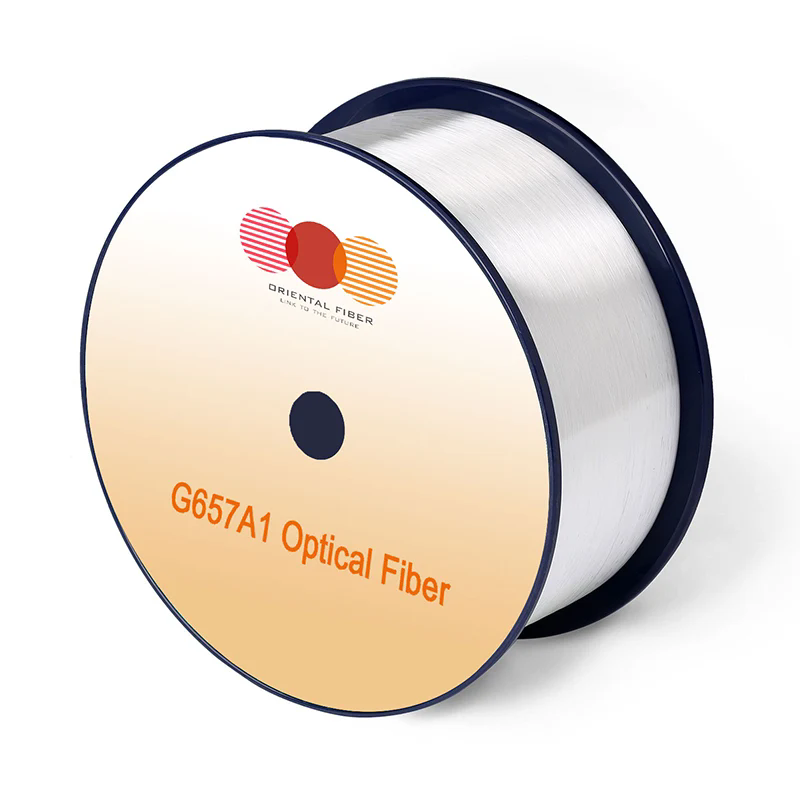What Is Optical Fiber and Why Is It Vital for Modern Communication?
2025-07-15
Optical fiber is a flexible, transparent fiber made of glass or plastic that transmits light signals over long distances. It is the backbone technology for high-speed data transmission in telecommunications, internet networks, medical instruments, and many other fields. Optical fibers have revolutionized communication by enabling faster, more reliable, and higher-capacity data transfer than traditional metal cables.
How Does Optical Fiber Work?
Optical fibers carry information as pulses of light generated by lasers or LEDs. These light signals travel through the core of the fiber by total internal reflection, bouncing along the length of the cable without significant loss. The fiber consists of three main parts:
1. Core: The thin glass or plastic center that carries the light.
2. Cladding: Surrounds the core and reflects light back into it.
3. Buffer Coating: Protective outer layer that shields the fiber from damage.

What Are the Types of Optical Fibers?
Single-Mode Fiber (SMF)
Has a small core (about 8–10 microns) and allows only one light mode to propagate. Used for long-distance, high-bandwidth applications.
Multi-Mode Fiber (MMF)
Has a larger core (50–62.5 microns) that carries multiple light modes. Suitable for shorter distances such as within buildings or campuses.
What Are the Advantages of Optical Fiber?
High Bandwidth: Supports very high data rates, ideal for internet and cable TV.
Low Signal Loss: Allows data transmission over long distances without the need for frequent amplification.
Immunity to Electromagnetic Interference: Unlike copper cables, optical fibers are not affected by electrical noise.
Lightweight and Thin: Easier to install and manage in crowded data centers.
Secure Transmission: Difficult to tap without detection, enhancing data security.
Where Is Optical Fiber Used?
Telecommunications: Internet backbone, telephone networks.
Medical Field: Endoscopy, laser surgeries.
Military and Aerospace: Secure communication and sensing.
Broadcasting: High-definition television signals.
Industrial Applications: Sensors and data transmission in harsh environments.
Conclusion
Optical fiber technology is a cornerstone of modern communication infrastructure, enabling fast, reliable, and secure data transmission worldwide. Its unique properties make it indispensable for today’s connected world, supporting everything from global internet access to advanced medical procedures.


